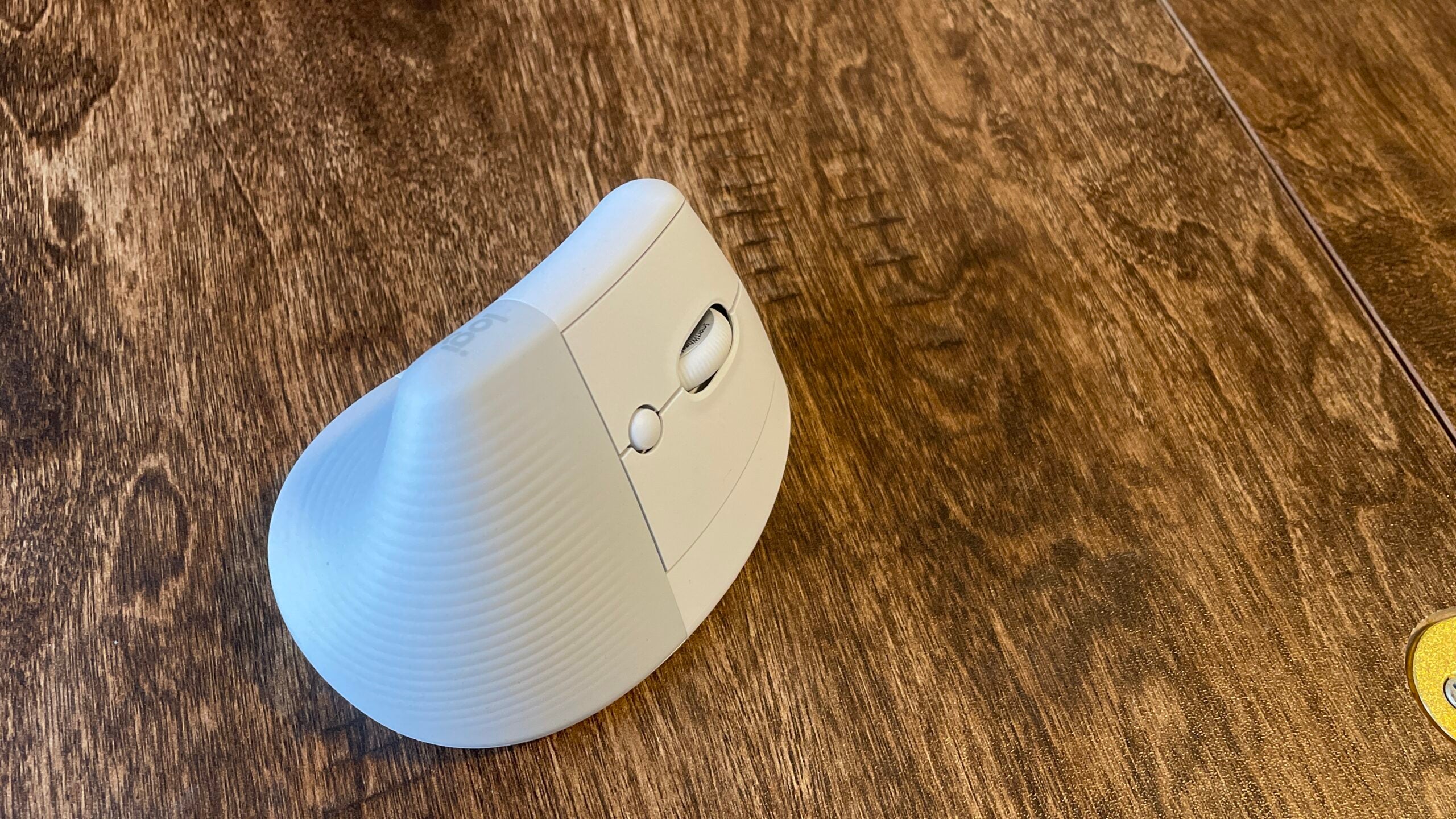Vertical mice are … an acquired taste. The purest expression of the ergonomic mouse, its sailboat-like shape encourages you to grip it like you’re shaking someone’s hand, preventing you from twisting your wrist from hours of use on end. Because it takes time to get used to and, frankly, doesn’t feel quite as natural as a standard mouse, there aren’t all that many of them on the market. For years, in fact, the obvious go-to has been Logitech’s MX Vertical ergonomic mouse, which has some handy productivity features, and costs a pretty penny.
In April 2022, however, Logitech released a more casually minded version of its champion vertical mouse: the Logitech Lift. It carries over most of the MX Vertical’s best features but in a smaller, lighter, rubber-coated design. It’s also slightly less expensive—$79.99 versus $99.99 for the MX Vertical. Unlike the MX Vertical, however, which practically begs you to learn all its tricks and program it to perfection, the Lift’s friendlier design and lower cost come without expectations. Yes, it is a specialty ergonomic mouse, but one that you can try and use comfortably without making ergonomics and productivity your whole personality.
What is a vertical mouse?
Generally speaking, vertical mice have a base similar to a standard mouse, but rather curving into a pill shape on top where you lay your hand, a rounded column emerges, giving your hand something to wrap around. The click panels and side buttons are laid out on either side of the column, right under the fingertips when they’re in a resting position. This minimizes extraneous finger movements, which can also lead to stress injuries down the road.
Who should buy a vertical mouse?
This is the million-dollar question (or probably more for companies like Logitech investing the R&D resources). According to the National Institute of Occupational Safety and Health, there is no conclusive evidence that ergonomic mice and ergonomic keyboards actively prevent repetitive stress injuries. That said, widespread anecdotal evidence suggests that they are very effective at minimizing pain for people who have them.
If you feel tightness or pain in your hand, wrist, or shoulder when using a mouse, it may make sense for you to try a vertical mouse to see if it helps. More importantly, though, if you feel those things, you should speak with your doctor and see if there are steps you can take to prevent, repair, or manage those symptoms.
Tell me more about the Logitech Lift
At a glance, the Logitech Lift looks like a very simple wireless vertical mouse. Measuring 2.56 x 4.15 x 3.13 inches and weighing in at 4.62 ounces, its matte plastic chassis is easy to hold and control without squeezing. It has six inputs: two click panels, a clickable scroll wheel, and a central button in “front,” plus back and forward buttons under the thumb. There’s actually a seventh, non-customizable button for swapping among wireless connections on the underside of the mouse, as well.
Compared to the MX Vertical, the Lift feels light and breezy. It’s smaller, so people with large hands may find the Lift a bit cramped, but it fits like a glove in my average-sized hands. In fact, the smaller size and lighter frame minimized the awkwardness that can come from switching from a standard mouse to a vertical design. That may simply be because the Lift is a better fit for my hand, specifically, though.
Beyond that, the change in feeling is largely aesthetic: The MX vertical has chrome accents, while the white Lift has a mild, gray rubberized grip at the base. (It also comes in black and light pink.) The majority of its feature-set is plug-and-play: Simply connect it via Bluetooth or using a Logitech Bolt USB dongle.

